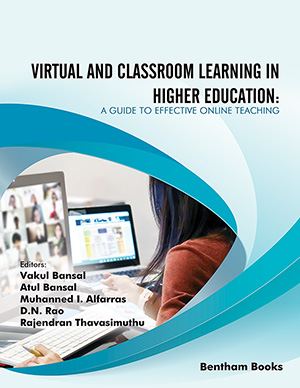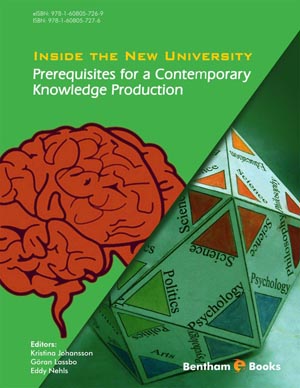Abstract
Online classes or digitized learning is not a novel concept; rather, it has evolved over 60 years. Its roots can be traced back to the ‘University of Illinois,’ where the researchers created a rudimentary intranet, where students could access previously recorded and compiled study material entailing documents audio-video lectures. Today, it has radicalized the global education system, wherein now there are various online platforms like Coursera, Udemy, Edx, Skillshare, Codeacademy, Future Learn, etc. In the present-day COVID’19 era, institutions are forced to go online, adopt, and adapt quickly to this highly dynamic technology-space. Therefore, the faculty embraces and imbibes the online mediums’ technical nuances of teaching and uses them to deliver effective and interactive lectures. This chapter will uncover various types of e-Learning methods, especially delving deeper into the concepts of Synchronous and Asynchronous e-Learning. The following pages uncover the outcomes derived from various journals, books, and articles as part of the academic research to measure online learning methodology effectiveness. It talks about online classes' clear advantages, disadvantages, and exchanging ideas between students and teachers.
Keywords: Adaptive E-Learning, Asynchronous, Collaborative Online Learning, Computer-Assisted Instruction (CAI), Computer Managed Learning (CML), COVID-19, Digitalization, E-Learning, Fixed E-Learning, Higher Education, Individual Online Learning, Interactive Online Learning, Linear E-Learning, LMS, MoEC, Online Classes, Online Education, Online Learning, Pandemic, Students, SPADA, Synchronous, Virtual Classroom.













